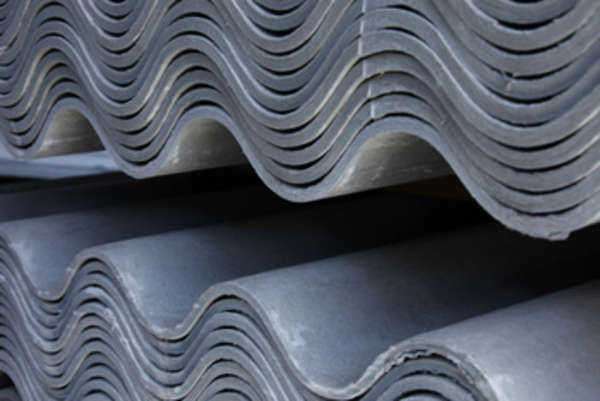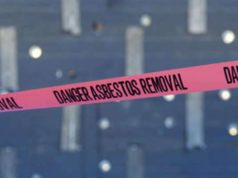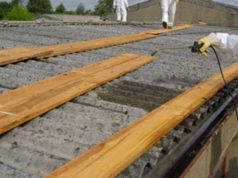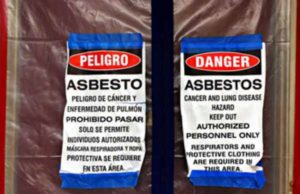
Most private homeowners are allowed to remove asbestos from their homes under Delaware asbestos abatement procedures. This of course applies to their primary residence only. Exemptions for this sort of renovation work exist as there will likely be very little friable material in private homes to the risk of secondary contamination and other problems will be avoided. Still, private homeowners in Delaware that are following Delaware asbestos abatement procedures must take care to follow regulations for the disposal of the waste material and practice common sense to avoid incidental exposure. The greatest risk from self-removal is causing contamination worse than what would have occurred, had the asbestos remained where it was.
Do I need to remove the asbestos?
Before initiating Delaware asbestos abatement procedures, you will have to ensure that you need to remove the asbestos, as not all forms of asbestos are immediately dangerous to your health. Many forms of asbestos, known as non-friable asbestos, are protected from releasing asbestos fibers by an indurate material. This includes concrete roofing and siding that encapsulates asbestos insulation, tiles, vinyl flooring and several other durable applications. Unless this material has been damaged, it poses little risk and you are not compelled to remove it by the way, under most circumstances.
Only single family homes are exempt from adhering to regulations to notify state authorities and have a professional perform asbestos abatement.
Friable material on the other hand is extremely dangerous as it is constantly bombarding you with harmful particles. This is asbestos and asbestos containing products that are exposed and are actively breaking apart. Any friable material can be broken or separated with minimal human force, underscoring the danger posed by this material.
Asbestos is a fibrous material and each fiber is composed of millions of smaller fibers. Any time you deal with asbestos removal, you must ensure you follow proper Delaware asbestos abatement procedures.
Wet removal
All friable asbestos should be removed through the wetting process. This is the most widely accepted means to remove asbestos without causing serious secondary exposure. Prior to wetting, the area should be cleared of stray particulates, ideally with a HEPA equipped vacuum or filter. When wetting the material, it must be soaked completely, as waterlogging the fibers makes it impossible to spread in the air. Wet removal is also important in disposing of the asbestos materials, in addition to sealing it completely and disposing of it in the appropriate waste and disposal site.
Notification of abatement
If you are removing more than 160 square feet of asbestos from a non-primary residence or other structure, you will need to notify the Department of Natural Resources & Environmental Control. Notification will need to be given ten working days prior to the start of abatement and all demolitions will need to be approved by the DNRC, even if there is allegedly no asbestos in the building. In addition, you must contact the state Solid Waste Authority when disposing of asbestos materials so they can facilitate the transfer of hazardous material.



























